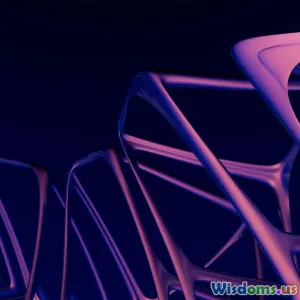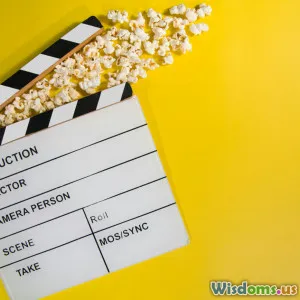
How Directors Really Spot Chemistry in Casting Auditions
17 min read Discover the subtle techniques directors use to identify on-screen chemistry during casting auditions. (0 Reviews)
How Directors Really Spot Chemistry in Casting Auditions
The world behind the casting table is bursting with stories of surprise breakthroughs, unforgettable mishaps, and the indefinable magic that happens when two actors share the stage or screen. Ask any director what makes a memorable audition, and you'll likely hear one word: chemistry. But what, exactly, does chemistry mean in the context of casting—and how do directors truly recognize it? Read on for an insider's guide into this vital, often mysterious part of storytelling.
What Chemistry Really Means in Acting

In everyday conversation, "chemistry" implies a natural, effortless bond. In casting, it’s more nuanced: a dynamic interplay that transforms scripted words into an engaging, believable relationship. Chemistry isn’t just about actors liking each other or sharing a similar vibe. Directors look for:
- Emotional resonance: Do the actors respond naturally and openly to each other’s cues?
- Tension and release: Can sparks fly—in romance or rivalry—without feeling forced?
- Energy match: Is there a flow that makes the scene electrifying or authentic?
For instance, in the celebrated film When Harry Met Sally, Billy Crystal and Meg Ryan’s chemistry made even the mundane magical. Viewers believed these two characters could talk all night because the actors created a genuine push-pull energy. That’s what directors aim to capture in auditions.
Body Language and the Unspoken Signals
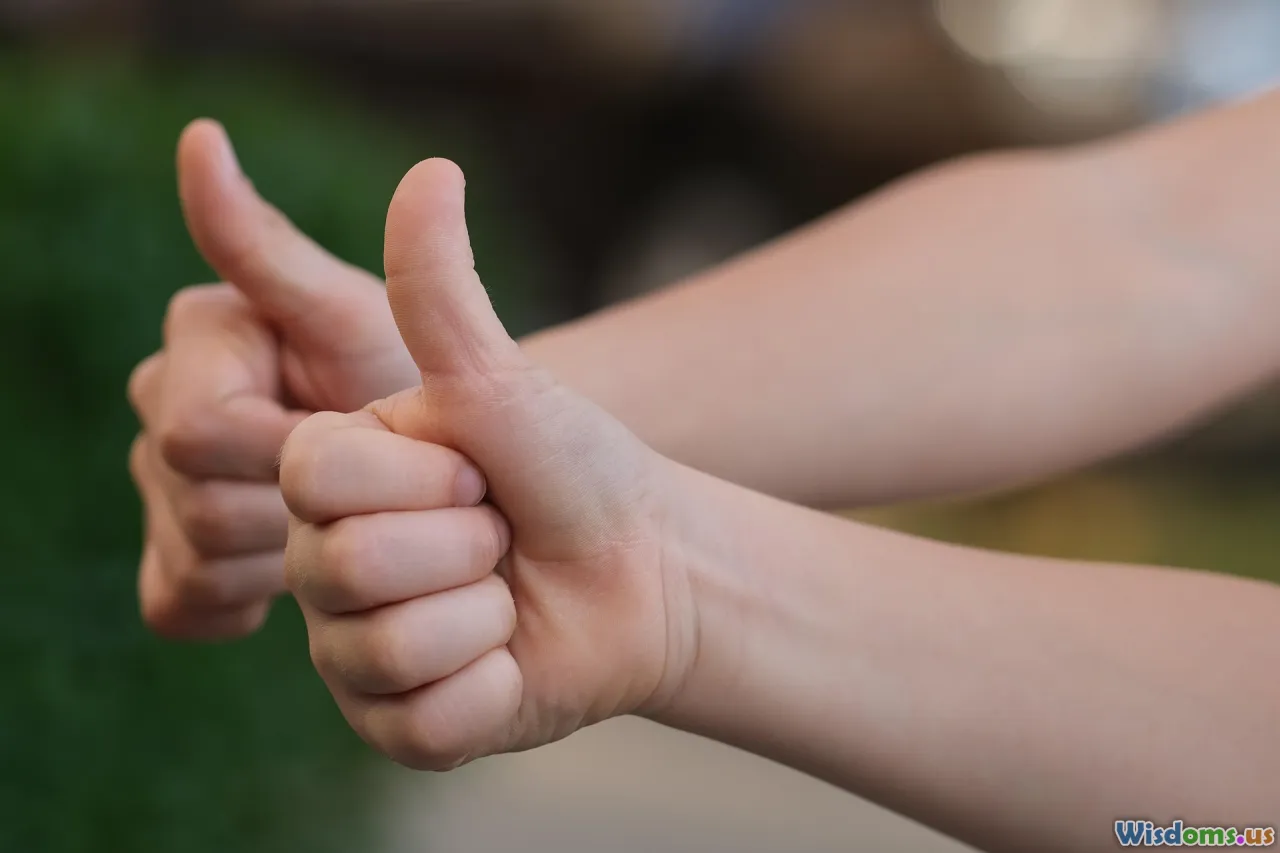
Far beyond line-reading, directors scrutinize every gesture, glance, and awkward pause. Experienced casting professionals become adept at reading the room and observing body language:
- Eye contact: Chemistry is palpable when one actor’s gaze instinctively seeks out the other’s, without forcing it.
- Mirroring movements: Sometimes, compatible pairs unconsciously adopt similar postures or gestures, signaling psychological attunement.
- Physical proximity: Directors note comfortable closeness or charged distance. Awkwardness can disrupt, while confident spacing creates memorable tension.
Actors often train to be "in the moment," such as during improvisation. When two actors click, they intuitively react to even the most spontaneous movements. In TV's The X-Files, David Duchovny and Gillian Anderson’s understated physical rapport shaped their characters’ enduring partnership. In their first auditions together, the directors noticed how they leaned into conversations and reflected each other’s movements, giving life to Mulder and Scully from day one.
The Callback Chemistry Test
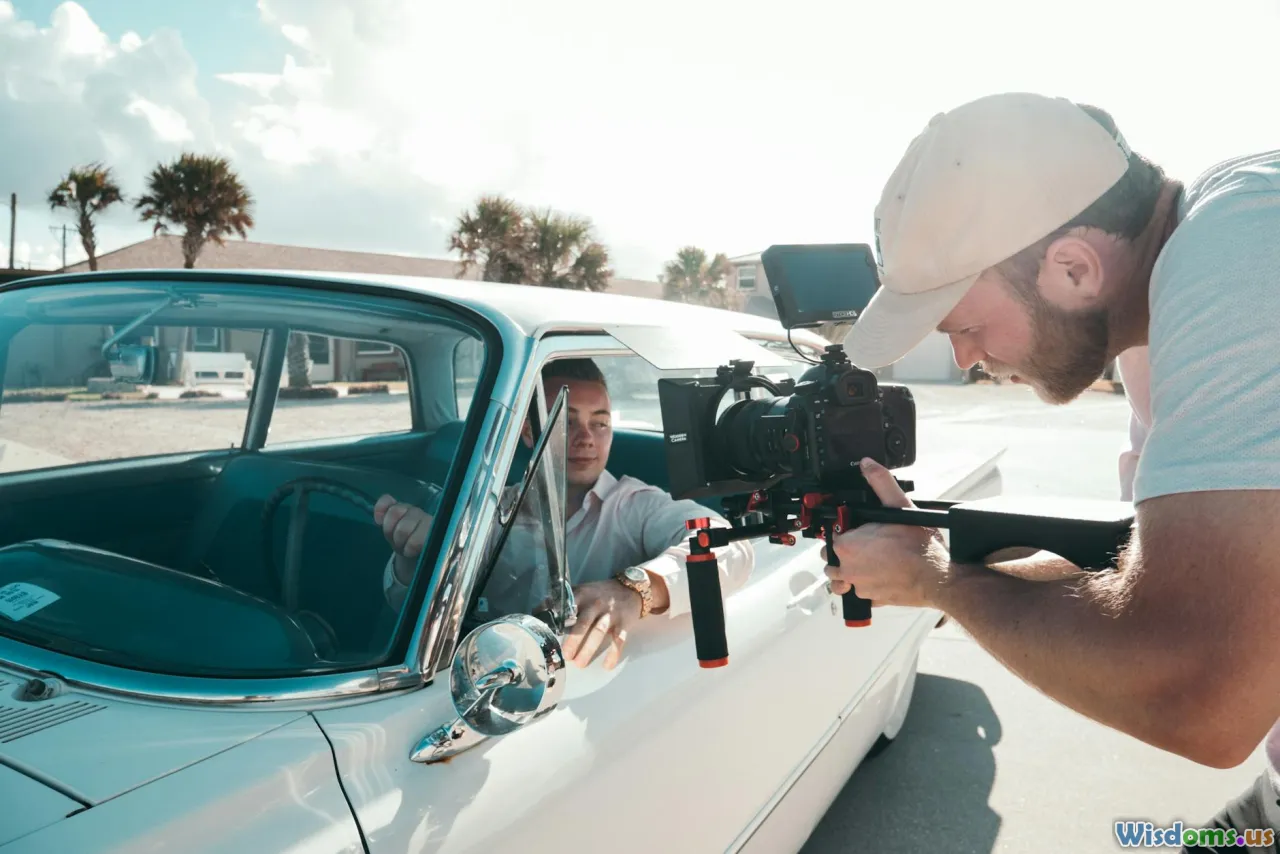
While initial auditions often focus on individual talent, callbacks are where chemistry is truly tested. At this stage, directors will pair up different combinations of actors and run them through pivotal scenes, often shifting partners rapidly, in what is jokingly called a "chemistry carousel."
What Directors Observe
- Responsiveness: Is there a sense of co-creation, rather than waiting for cues?
- Emotional depth: Does the scene deepen when actors play off each other, or does it fall flat?
- Improvisational interplay: Does the pair add something spontaneous and surprising?
During the casting of La La Land, the team famously partnered Emma Stone with multiple potential co-leads. Her sessions with Ryan Gosling stood out, thanks to their ability to make the same lines feel new every time—the ultimate mark of scene chemistry.
When Opposites Attract (or Clash): The Role of Contrast

Conventional wisdom says casting similar personalities yields harmony. In truth, many directors seek contrast, believing that chemistry often emerges from difference:
- Clashing energies: A composed, stoic character may ignite against a charismatic, high-energy co-star.
- Unexpected vulnerability: Conflict can yield chemistry, as seen in buddy-cop films or adversarial dramas.
Take HBO’s True Detective Season 1—Matthew McConaughey's introspective Rust Cohle played against Woody Harrelson’s earthy Marty Hart. The casting process involved extensive pairing until this combustible combination surfaced. Their differences made each line charged with tension, giving authenticity to a complex on-screen relationship. It’s proof that chemistry doesn’t demand harmony; sometimes, it’s the crackle of friction.
Reading Between the Lines: How Audition Scenes Are Chosen
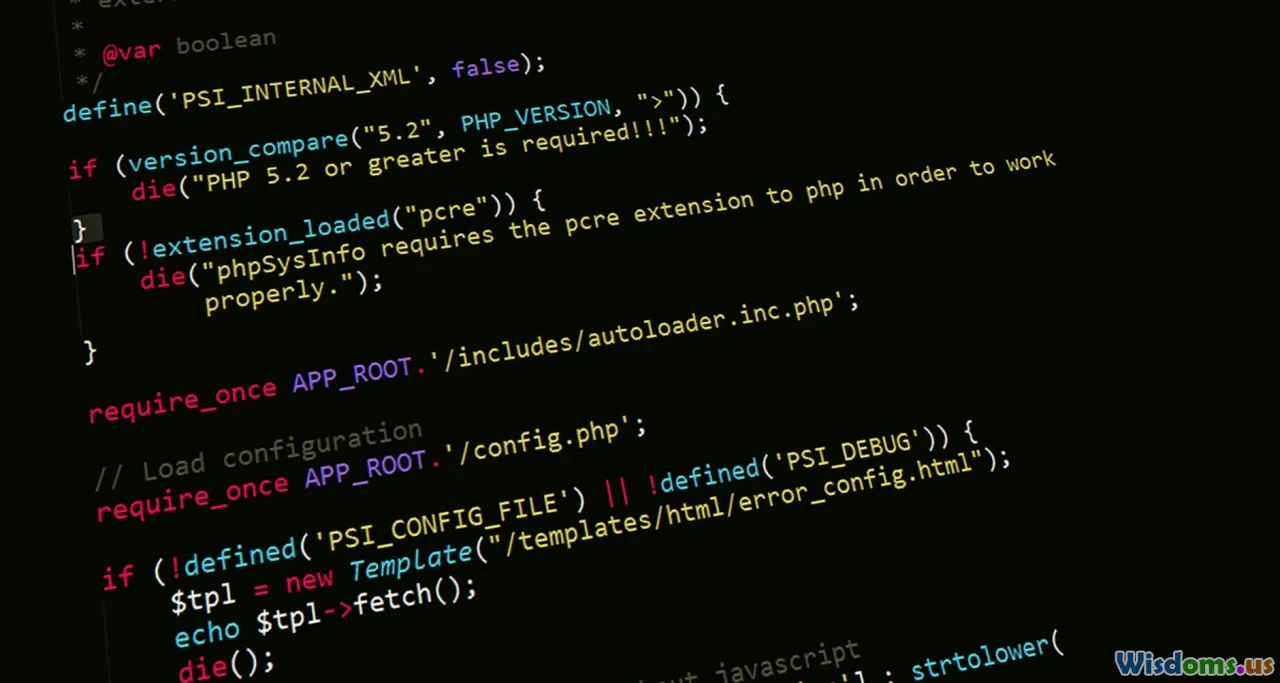
The scripts directors provide in auditions (known as “sides”) aren’t random. They are strategically selected to reveal emotional range, timing, and, of course, chemistry potential. Some strategies include:
- Emotional extremes: Scenes with high stakes (a breakup, confession, confrontation) force actors to show depth and vulnerability with each other.
- Banality with subtext: A seemingly mundane interaction (ordering coffee, small talk) lets directors see if actors can make “nothing” something with mere glances or tone shifts.
- Improvised scenes: Directors sometimes toss an unscripted scenario—like an awkward blind date—to test unplanned rapport.
A casting director for Stranger Things revealed that unremarkable everyday moments between kids often showcased the genuine bonds—crucial for the believable friendship dynamic of the show. Even brief, understated silence shared between actors can speak volumes.
Chemistry Reads: The Specialized Session

In the high-stakes world of big roles, directors stage formal chemistry reads—specially designed sessions where leading candidates play scenes opposite each other. These reads are both structured and improvisational. To get the most useful read-out, directors may:
- Switch scene partners midway through.
- Request repeated replays with different energies—more flirty, more combative, more subdued.
- Film the reads for analysis.
Studios like Marvel with its vast ensemble casts, famously put their A-list contenders through rigorous chemistry reads. Robert Downey Jr. and Chris Evans were not simply tested for heroic chops but for spark in shared moments—whether trading jabs or bonding over on-screen adversity. The footage is often reviewed by multiple stakeholders before a final decision.
Intangible Factors: Gut Instinct Versus Criteria

Despite tools and strategies, many directors confess that their final call is at least partially intuitive. Even after a technically strong chemistry read, something occasionally feels off. Call it gut instinct, artistic sensibility, or the sixth sense developed over years of experience.
Why does intuition matter?
- Beyond the checklist: Some pairs tick every technical box but lack that ineffable "it" factor.
- Long-term storytelling: Directors imagine not just a scene, but entire seasons or sequels—will the proposed chemistry stay fresh?
Consider casting for the long-running Friends: Jennifer Aniston and David Schwimmer’s audition separated them from other contenders due to an immediate, authentic warmth. The director later reported the decision as instantaneous—confirmation that chemistry can, at times, be simply unmistakable.
Director–Actor Communication: Shaping and Testing Chemistry

Directors don’t just passively observe—they actively shape chemistry during auditions. Through notes, rephrased directions, or off-script conversation, they try to nurture potential interactions.
Tactics Used
- “Try it differently” approach: By prompting actors to play with delivery or layer in a new emotion, directors watch how quickly and intuitively the other adapts—a hallmark of real connection.
- Brief interviews: Sometimes, directors chat with actors “in character,” gauging how naturally conversation (and rapport) flows outside scripted lines.
- Physical blocking: In romantic pairings, for example, basic choreography (a dance, a close embrace) is used to see if comfort overrides awkwardness.
On Broadway, Tony-winning director Thomas Kail is renowned for his early, active involvement—conducting in-room exercises aimed at getting actors comfortable and open with one another. These tactics often tease out dormant chemistry or reveal incompatible pairings early on.
Challenges to Finding Chemistry: Scheduling, Nerves, and More
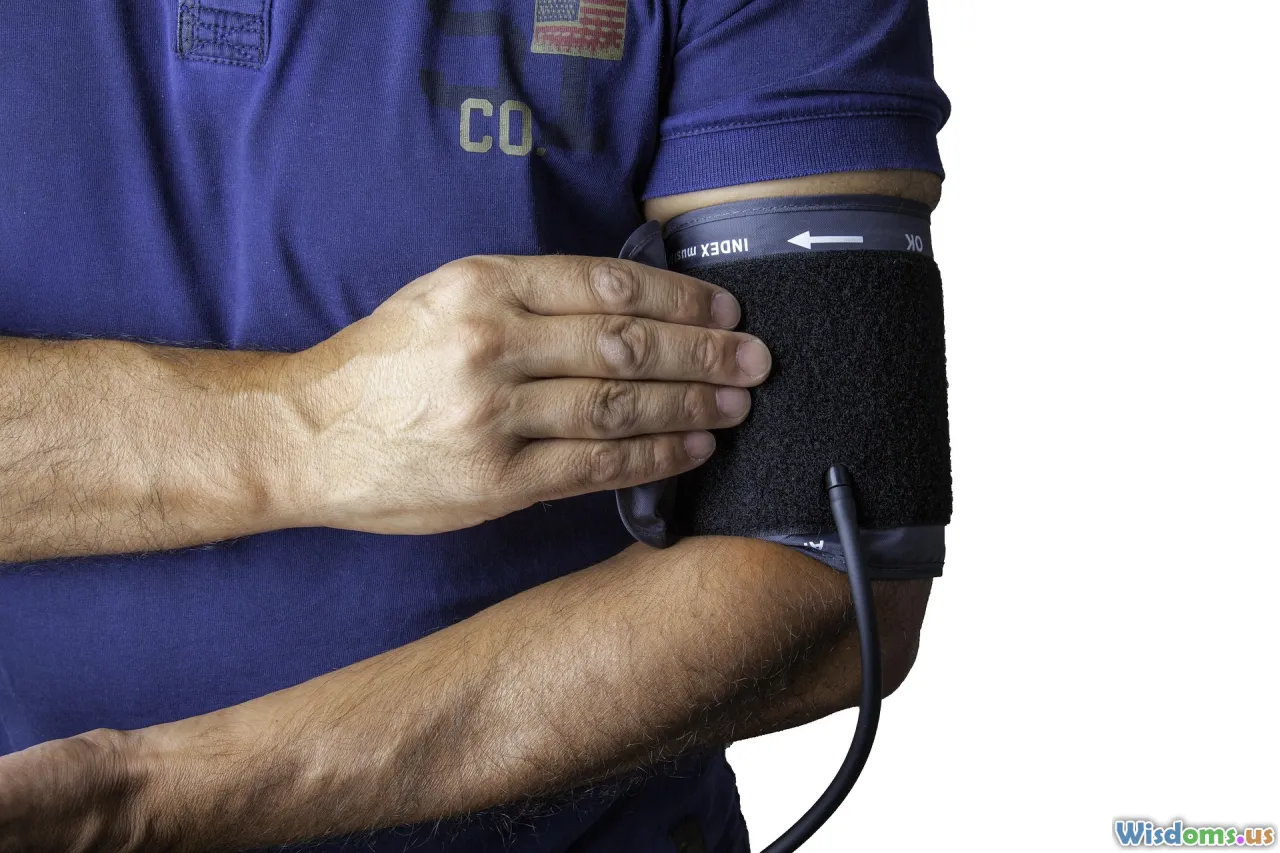
Casting the right chemistry isn’t always smooth—numerous factors can disrupt discovery:
- First-time nerves: Initial anxiety can stifle natural interactions; skilled directors adjust pacing, or provide warm-ups, to help actors settle in.
- Scheduling issues: Sometimes candidates can’t meet for joint reads, forcing directors to rely on video auditions or digital manipulation—less ideal, but increasingly common in remote casting.
- Power imbalance: Pairing a novice with an established star can skew the interaction; careful preparation levels the playing field, such as pre-audition introductions or icebreaker exercises.
During the pandemic, remote chemistry reads became the norm, with directors forced to gauge sparks over Zoom. While challenging, some succeeded—in the 2020 rom-com Palm Springs, Andy Samberg and Cristin Milioti first rehearsed virtually. Their effortless banter translated from screen to set, providing a new template for digital-era casting.
Chemistry in Ensemble Auditions: Beyond Rom-Com Duos

While chemistry tests are most discussed for leading pairs, ensemble chemistry is equally crucial. Directors crafting friendship circles, sports teams, or family units seek complementary energies across multiple people. They look for:
- Balanced voices: A group where each personality stands out yet meshes harmoniously.
- Organic alliances and rivalries: Dynamic shifts should feel spontaneous, echoing real friendships or sibling pecking orders.
- Shared rhythm: The ability to listen, interrupt playfully, and react together.
On the set of The Breakfast Club, director John Hughes famously rehearsed his young ensemble as a unit, encouraging unscripted conversations and collective improvisation. The resulting chemistry—natural, messy, layered—brought authenticity to the film's depiction of teenage archetypes learning to understand one another.
Cultural and Contextual Understanding: Chemistry Across Demographics

Great directors understand that cultural context shapes chemistry. Sometimes, perceived disconnect arises from different communication styles, humor, or even generational habits. In international or multicultural projects, directors adapt their methods:
- Casting consultants: Specialists may advise on cultural norms that affect rapport—such as how openness or physical closeness is interpreted.
- Translation and localization: Scenes may be tweaked to accommodate idioms, humor, or interactional rhythms unique to a culture.
Netflix’s hit drama Money Heist ( La Casa de Papel) uses a multicultural cast, blending Spanish, Argentinian, and even indigenous talents. The chemistry-building process included workshops on language, humor, and physical theater to create plausible bonds in the collective ensemble—underscoring that connection is as much about context as innate spark.
Actionable Advice for Aspiring Actors: Maximizing Chemistry in Auditions

Actors often ask: can you "create" chemistry, or is it just luck? While some elements are uncontrollable, performers can maximize their chemistry potential:
- Prepare, but stay flexible: Arrive knowing your lines and character, but be ready to adapt for unforeseen moments or directions.
- Listen and respond: True chemistry is about reacting honestly—instead of focusing on your own performance, concentrate on your scene partner.
- Build a quick rapport: Small talk before auditions, a shared joke, or a compliment can break the ice and spark onstage camaraderie.
- Embrace improvisation: The more willing you are to play, the more you can discover in the moment.
Industry coaches emphasize the importance of “leaving ego at the door.” The audition becomes a (brief) partnership—one where generosity, openness, and curiosity will be noticed by everyone watching.
Why Chemistry Remains Casting’s Elusive X-Factor
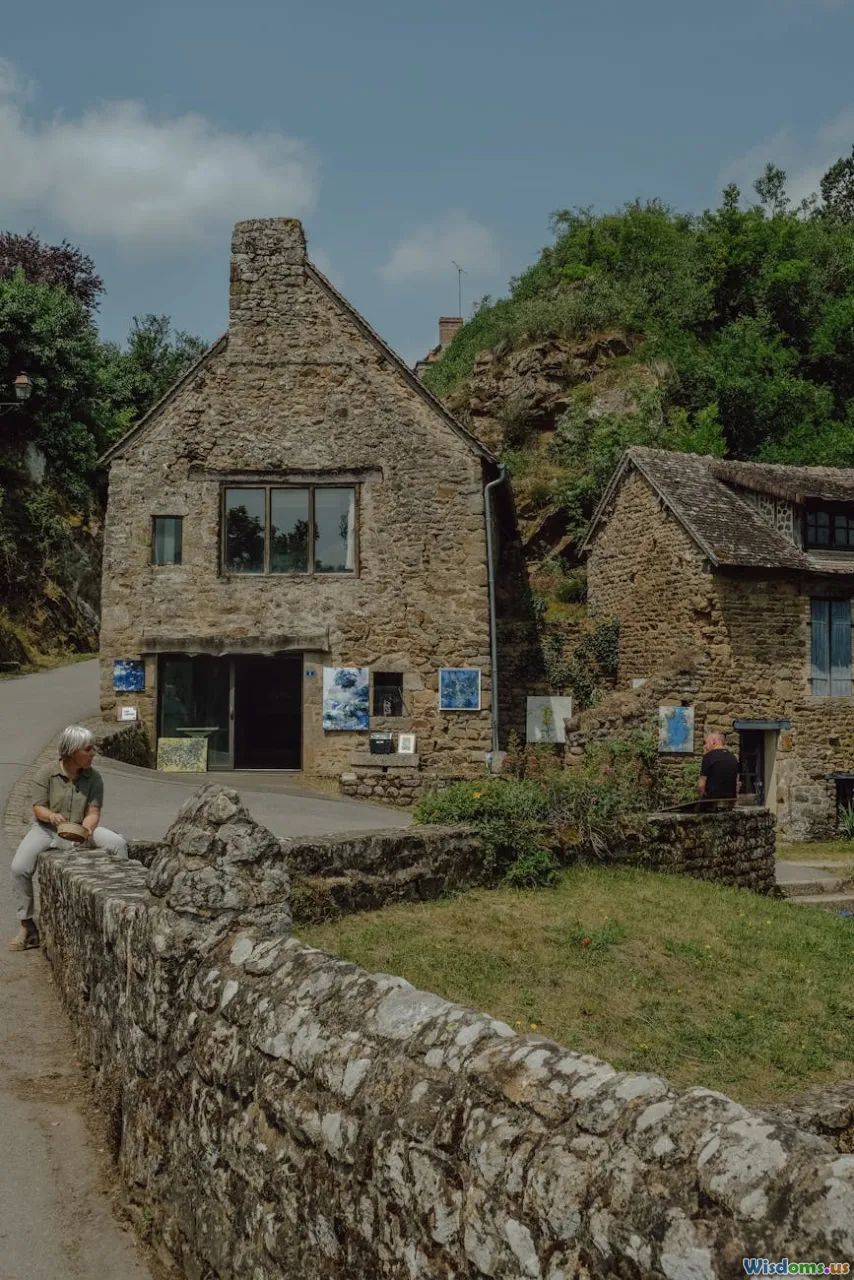
Audition chemistry remains a delicate, magical process that shapes storytelling from the first reading to the closing credits. Even with science, schedules, and strategies, there’s still space for the ineffable—those goosebumps, unforced laughs, or charged silences that say: "these actors belong together here."
For directors, chemistry isn’t just an afterthought; it’s a non-negotiable core of casting, weaving authenticity into every scene. For actors, it represents both a challenge and an opportunity: proof that the right connection at the right time can change careers and make stories unforgettable.
Rate the Post
User Reviews
Other posts in Casting & Acting
Popular Posts














